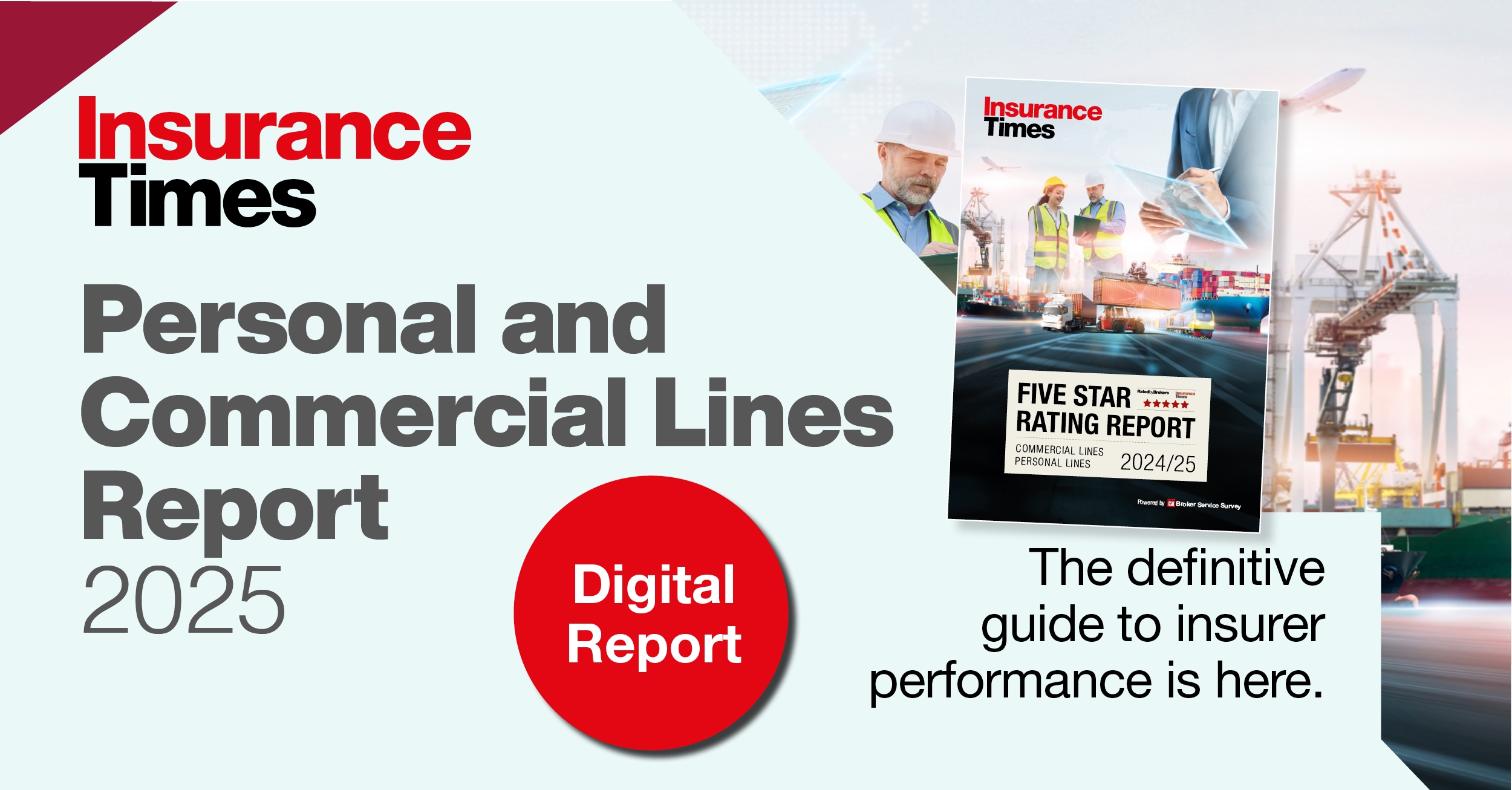Sponsored content: Sarah Mantle-Gray, director of talent at RSA, discusses how the industry can collaborate to tackle the sector’s talent acquisition and retention challenges going forward
1. What is the importance of the sector working together to fight in the ‘war for talent’?

Future success relies on our ability to attract, develop and retain the most dynamic and diverse talent available.
It must reflect the society we serve much better than it does – it’s essential to serve customers and stay relevant for the future.
We must work hard within our own organisations, but also work together. The good news is that it’s a non-competitive issue, one that we all can and should lean into.
In practice, this means swapping ideas, sharing successes and leveraging cross-industry partnerships. It’s also about noisily and visibly creating an environment that welcomes and includes everyone.
2. What is the advantage of seeking to bring talented workers into the sector from untapped talent pools?
Countless sources highlight a correlation between diverse leadership teams and financial outperformance.
From that dimension alone, fostering diversity, equity and inclusion through your approach to talent is a no brainer.
Looking at the industry’s Gender Pay Gaps – acknowledging that gender is where we have the most data – we can see that we still have so much more to do with huge amounts of untapped potential being left on the table.
As well as leveraging young people at the start of their careers to build out talent pools, another option is to reach outside of the sector. Thinking laterally about cross-sector transferrable skills opens up new perspectives and possibilities for us as an industry.
3. What is the place of retention in the conversation around supporting talent in the insurance sector?
This is of utmost importance – we can’t just work on getting the talent in, equal focus must be given to investing in and supporting our people to thrive.
How does your firm approach training and development?
How does your firm view and manage staff training and development? Share your thoughts by completing this Insurance Times survey, in conjunction with RSA, today.
Central to this is creating positive workplace cultures with strong values that are lived out every day and providing development opportunities, allowing employees to build exciting careers.
Increasingly for us at RSA, it’s about carving lateral, more rotational career paths that give well rounded experience and perspective.
With the skills of the future moving so quickly – linked to the disruption that’s coming with generative artificial intelligence (AI) – this more agile approach to talent development is something we’re really interested in.
4. As a developing issue, how can technology allow the industry to better support new ways of working?
From improving business agility through the use of AI and automation, to improved productivity, data security and enhanced customer experience – technology’s benefits for insurance are numerous.
Read: RSA to launch new equal parental leave policy
Read: Sonya Bryson – RSA seeking to ‘take home the crown’ with NIG integration
Explore more diversity and inclusion-related content here or discover other Expert Views here
With hybrid working practices having become the norm technology has been critical, empowering individuals and teams to communicate and collaborate regardless of where they are based.
It also plays a role in enabling learning and continuous improvement. Individuals can access learning anytime and anywhere, encouraging engagement and accountability for personal development in a way that suits them.
However, what technology brings to the individual also needs to be matched in face-to-face collaboration from leaders and colleagues to ensure true engagement.
5. How important is data to assessing the full scope of the challenge the sector faces?
Data is essential for baselining understanding. By understanding our current talent data we can then identify obstacles and how to overcome them.
There’s challenges, however – the data is highly personal and protected and must be given voluntarily, treated confidentially and used in line with regulatory requirements.
Demographic data should always be invited in the context of why it’s being collected and how it will be used. One area where data’s more readily available is gender – giving us greater dialogue on female representation at the top.
Within organisations, a little data can make important differences. On the back of data that showed colleagues with disabled dependents were using annual leave for caring responsibilities, we designed a policy with paid leave for these colleagues. The impact of actions like this is to remove barriers.











































